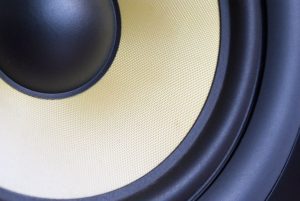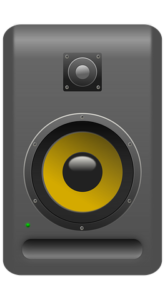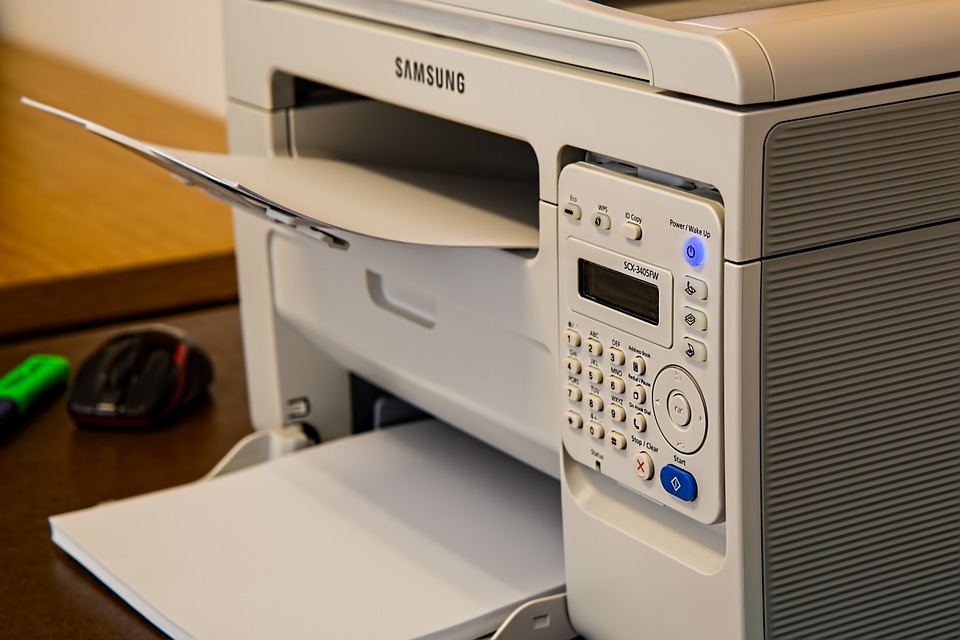
A Buyer’s Guide To The Right Studio MonitorA Buyer’s Guide To The Right Studio Monitor
Studio monitors are special speakers that let you look at the quality of music you are producing. The idea is to help you critique or know whether or not you are producing quality music before it gets to other people. Unlike hi-fi speakers, studio monitors are specially meant to help you reveal flaws and help you improve your music. Here are some tips that could be of help when looking for a studio monitor.
Buying tips
Understand your specifications
The only way you can know of the suitability of a device is by looking at its specifications. From there, you also need to ensure that they are in harmony or better that what you need. Most monitors should be able to attain the top-end of your hearing without any issue. The contrast comes in low-end frequencies where different manufacturers offer different values.
Active or passive?
Studio monitors can be classified either as active or passive. Ideally, the main difference between these two types of monitors is the mode of sound amplification, Active speakers have a built-in amplifier as opposed to passive models, which require a separate amplifier. Considering that active monitors are convenient and have the right internal combinations, they are also more expensive than passive models with similar features.
Understand the music you will be producing
Music producers may be classified based on the number of songs they produce. If you have few acoustic recordings, near-field studio monitors ranging from 4 – 6 inches should be enough. If you are playing heavy music in a large studio, you need a large and powerful monitor. At times, you might consider adding a subwoofer if you the low-frequency end of your music is not clear.
Look at controls
 Most active monitors have special control knobs that help you ensure the sounds adopt to your room. These controls mainly focus on the tone and the equalization aspects of the device. Some studio monitors have studio adjustments knobs that compensate for room acoustics, to reduce ear fatigue when listening for extended periods. The bass control feature also reduces the booms that result when the monitor is too close to the wall.
Most active monitors have special control knobs that help you ensure the sounds adopt to your room. These controls mainly focus on the tone and the equalization aspects of the device. Some studio monitors have studio adjustments knobs that compensate for room acoustics, to reduce ear fatigue when listening for extended periods. The bass control feature also reduces the booms that result when the monitor is too close to the wall.
A studio monitor is very different from a home speaker. Ideally, this implies that the features you will be looking for when shopping for a monitor should be different from those used when looking for a speaker.



 therefore very efficient and convenient to use. You just need to feed the document to the machine, and then turn the machine on by the press of a button. The machine is automated such that it produces a specific number of copies.
therefore very efficient and convenient to use. You just need to feed the document to the machine, and then turn the machine on by the press of a button. The machine is automated such that it produces a specific number of copies.